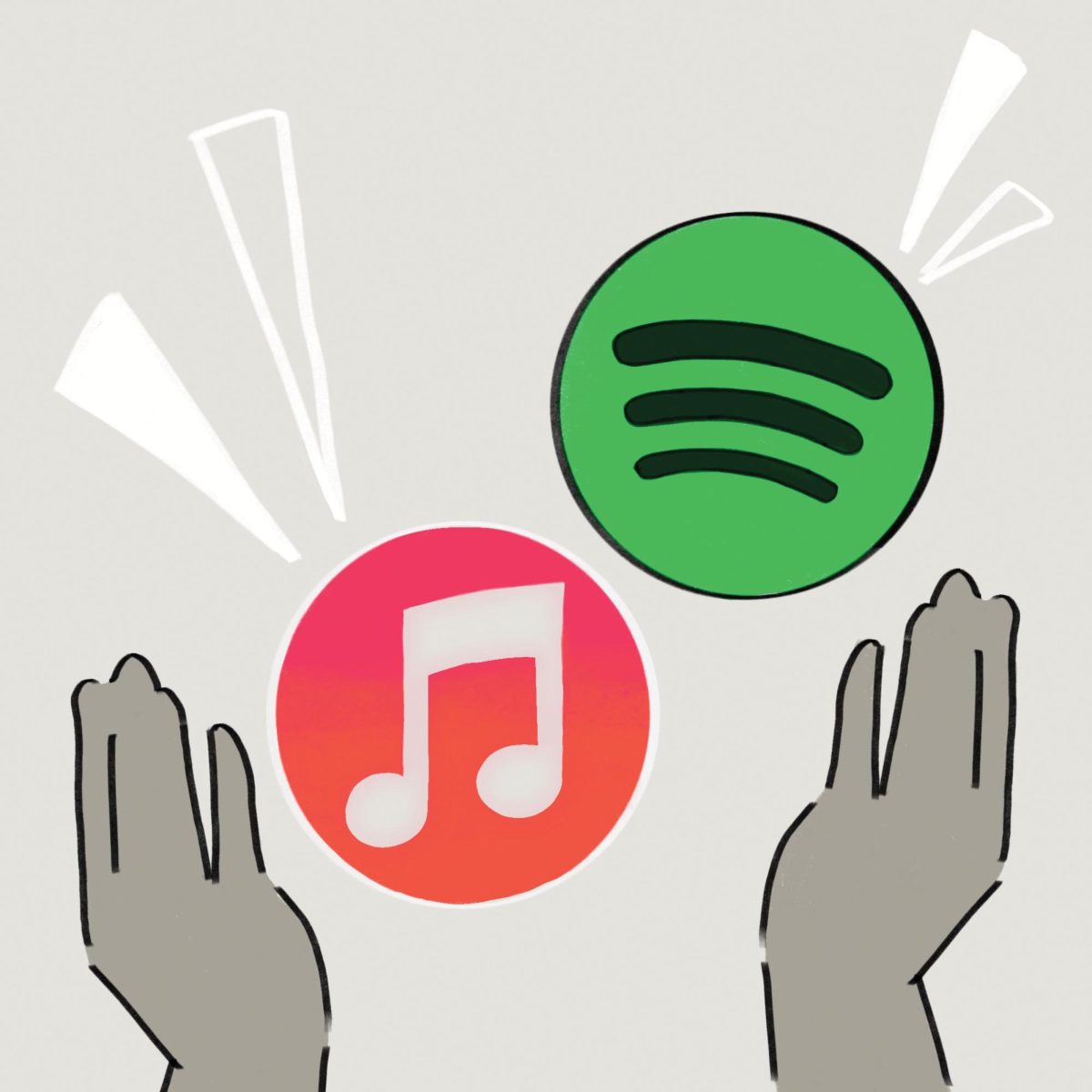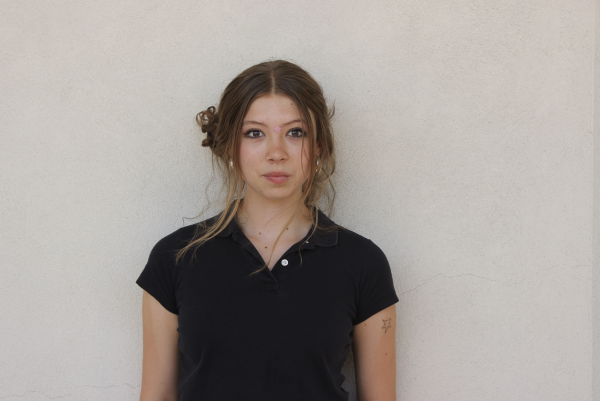It’s Dec. 5, and everyone is discussing their Spotify Wrapped. Taylor Swift is once again the most-streamed artist of the year, and Sabrina Carpenter’s Espresso has taken the title for the most-streamed track. However, along with all the excitement, came a general disappointment towards this year’s results. Compared to past years, this year’s Spotify Wrapped felt less personalized and less reflective of the music I listened to. Don’t get me wrong, I will always be a Spotify girl, but I couldn’t help but wonder what my Apple Replay would have been.
The beloved tradition of Spotify Wrapped began in 2016, a year after Apple Music was first launched. At the time, Spotify had already been around for nine years. While the two apps are similar in nature, they are also different in many ways. For one, Apple Music has a variety of advantages over Spotify. Its design is clean, practical, and straightforward with a structured library management system. In addition, Apple Music has a great sound quality. It’s a known fact that Apple Music has better sound quality than Spotify. Utilizing a lossless audio compression technology, their catalog is encoded in resolutions anywhere between 16-bit and 24-bit. Apple Music also provides a feature called “Spatial Audio,” which creates a 360 sound effect.
Yet no matter how appealing Apple Music can feel at times, Spotify will always have my heart for one reason: the personalized experience. Spotify has crafted its algorithm to perfectly cater to each individual user. Whether that be through recommendations or playlists brimming with new releases, every person has a unique experience specifically made for their music taste. As someone who finds joy in discovering new music and designing playlists, this customized algorithm comes in handy.
Apple Music’s algorithm simply isn’t as meticulous as Spotify’s. After all, the app did arrive on the scene nine years after its predecessor. Beyond music, Spotify subscribers automatically gain access to a plethora of podcasts whereas Apple Music requires subscribers to download an additional app. Considering the increased popularity in podcasts, this difference feels deal breaking. Moreover, unlike Spotify, Apple Music doesn’t provide listeners with a free version of the app. This disparity affects accessibility and can hinder the amount of subscribers.
It’s these differences that allow me to realize that Spotify is simply superior. While Apple Music’s sound quality is first-rate, I value Spotify’s ability to create a platform that’s both creative and functional. From its accessibility to its individual algorithm, the app offers so many features that Apple Music lacks. Ultimately, it is for these reasons that I keep returning to Spotify at the end of the day.


